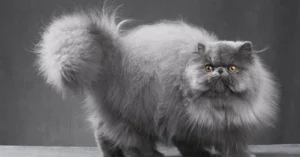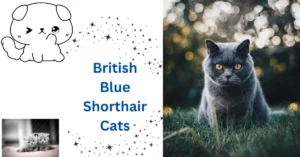History
Ragdoll cats are a unique and beloved breed known for their gentle disposition and striking appearance. The history of Ragdoll cats dates back to the 1960s when they were first developed by a breeder named Ann Baker in Riverside, California. Ann Baker, who had a penchant for breeding cats, created the Ragdoll breed by selectively crossing Persian, Burmese, and domestic longhaired cats. The result of this crossbreeding was a cat with distinctive traits, such as large size, semi-long fur, striking blue eyes, and a remarkably docile temperament.
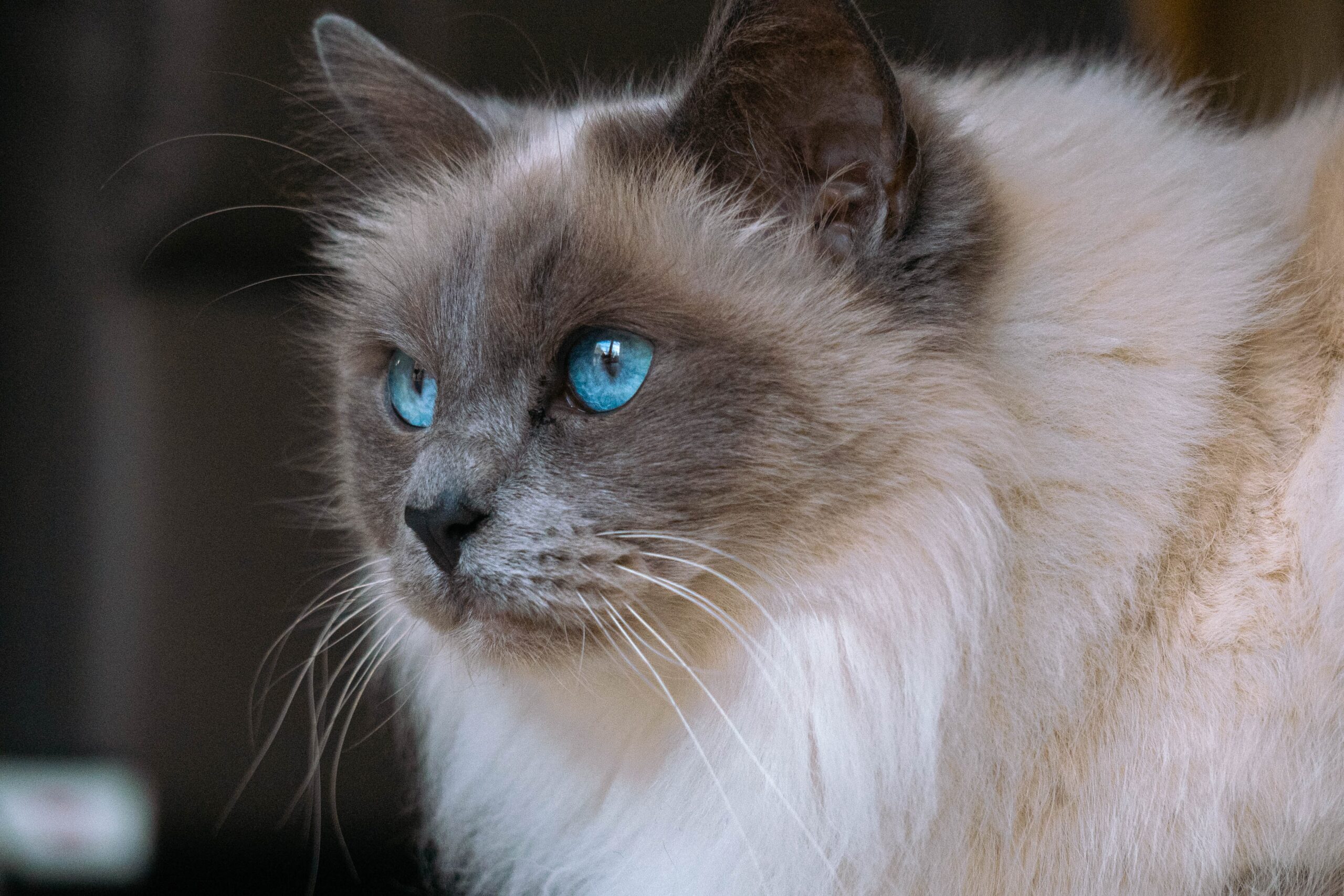
One of the most intriguing aspects of Ragdoll cat history is the origin of their name. It is believed that Ann Baker claimed these cats went limp and relaxed when picked up, similar to a child’s ragdoll toy, hence the name “Ragdoll.” However, this claim has been met with some skepticism, and the true origin of the name remains a subject of debate among cat enthusiasts.
Ragdolls were officially recognized as a breed by cat registries in the 1960s and have since gained immense popularity due to their unique characteristics and charming personalities. These cats are known for their friendly and affectionate nature, making them a favorite choice among cat owners around the world.
Ragdoll Cats Size
Ragdoll cats are renowned for their striking appearance and imposing size. These feline companions are known for their substantial body size and graceful, semi-longhaired coats. When considering the size of Ragdoll cats, several aspects come into play.
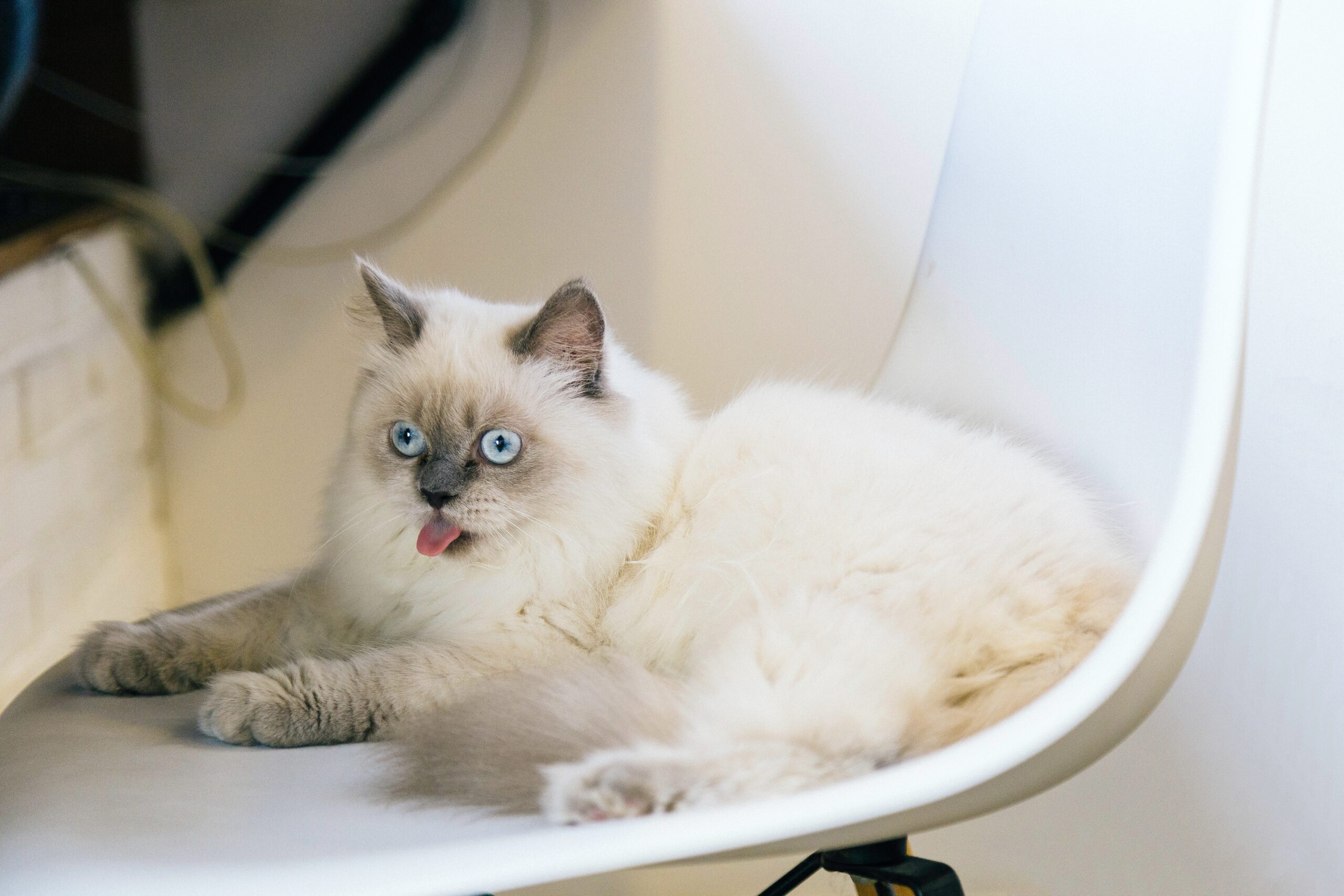
- Physical Dimensions: Ragdoll cats are one of the largest domesticated cat breeds, both in terms of length and weight. Adult Ragdolls typically measure between 17 to 21 inches (43 to 53 centimeters) in length from the tip of their nose to the base of their tail. Their bodies are solid and muscular, with broad chests and strong bones.
- Weight Range: Ragdoll cats are heavyset, and their weight can vary based on factors like genetics and gender. On average, male Ragdolls can weigh anywhere from 15 to 20 pounds (6.8 to 9 kilograms), while females tend to be slightly lighter, ranging from 10 to 15 pounds (4.5 to 6.8 kilograms). Some exceptionally large Ragdolls may even exceed these weight ranges.
- Growth Rate: Ragdoll kittens start off as tiny, fluffy bundles, but they grow rapidly during their first year. They often reach their full size by around 3 to 4 years of age, although they may continue to fill out and develop muscle tone over time.
- Proportions: One distinguishing feature of Ragdoll cats is their large, expressive eyes, which are typically deep blue in color. These eyes, combined with their large, rounded ears and semi-long, silky fur, give them an overall appearance of grace and charm.
It’s important to note that while Ragdoll cats are known for their size, their gentle and affectionate temperament often belies their imposing physical stature. They are sociable, easygoing, and tend to enjoy human companionship, making them beloved pets for families and individuals alike
Nutrition and Diets
Ensuring proper nutrition is vital for the health and well-being of Ragdoll cats, known for their striking blue eyes, semi-long fur, and docile temperament. Ragdolls are a unique breed with specific dietary needs that must be met to maintain their health, appearance, and overall vitality.
Balanced Diet:
A balanced diet is essential for Ragdoll cats as it directly impacts their growth, coat condition, and overall health. A well-rounded diet should provide them with the following key nutrients:
1. High-Quality Protein: Ragdolls, like all cats, are obligate carnivores, which means they require a diet rich in animal-based protein. High-quality protein sources like chicken, turkey, and fish should be a primary component of their diet. Protein supports their muscle development and energy levels.
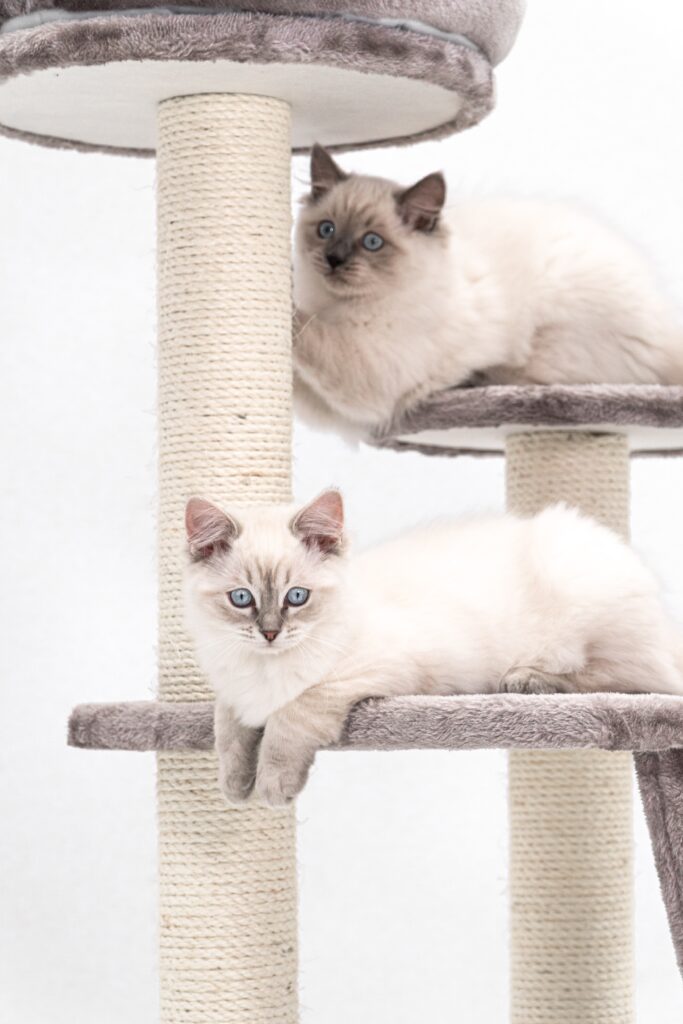
2. Adequate Fat: Fats are a concentrated source of energy for cats, and they also play a role in maintaining healthy skin and coat. Look for cat foods that contain moderate levels of healthy fats, such as those from poultry or fish.
3. Limited Carbohydrates: Ragdolls have a lower tolerance for carbohydrates compared to some other cat breeds. Their diet should contain limited amounts of carbohydrates, ideally sourced from whole grains like brown rice or oats. Avoid cat foods with excessive fillers like corn or soy.
4. Essential Vitamins and Minerals: Ensure that their diet provides essential vitamins and minerals, including vitamin A, vitamin D, calcium, and taurine. These nutrients are crucial for their overall health, vision, and cardiac function.
5. Taurine: Taurine is an amino acid that is particularly important for cats. Ragdolls, like other feline breeds, require adequate taurine intake to maintain healthy heart function, vision, and reproductive health. Most commercial cat foods are formulated to include sufficient taurine levels.
6. Hydration: Proper hydration is essential for all cats, including Ragdolls. Ensure that fresh, clean water is always available. Wet cat food can also contribute to their overall water intake, which is especially important if your Ragdoll is not a big water drinker.
Feeding Schedule:
Establishing a regular feeding schedule is crucial for Ragdoll cats. Most adult Ragdolls require two meals per day, while kittens may need more frequent feeding. Avoid leaving food out continuously, as this can lead to overeating and obesity, which is a common concern with this breed.
Homemade vs. Commercial Cat Food:
While some pet owners prefer preparing homemade cat food to control the ingredients, it’s essential to consult with a veterinarian or feline nutritionist to ensure that the homemade diet meets all of your Ragdoll’s nutritional needs. Commercial cat foods are designed to provide a balanced diet for cats and are often a convenient and safe choice.
Special Dietary Considerations:
Some Ragdoll cats may have specific dietary requirements or sensitivities. Here are a few considerations:
1. Allergies or Sensitivities: Like other breeds, Ragdolls can develop food allergies or sensitivities. If your cat exhibits signs of digestive distress, skin issues, or other allergic reactions, consult with a veterinarian to identify and address any dietary triggers.
2. Weight Management: Ragdolls are prone to obesity, so it’s essential to monitor their weight and adjust their diet accordingly. If your Ragdoll starts gaining too much weight, work with your veterinarian to develop a weight management plan, which may include portion control and a prescription diet.
3. Dental Health: Ragdolls, like Siamese Cats, may be prone to dental issues. Providing dental treats or a dental care routine can help maintain their oral health. Some commercial cat foods are also designed to support dental health.
4. Age-Appropriate Diet: As Ragdoll cats age, their dietary needs may change. Kittens, adults, and seniors have different nutritional requirements. Transition your cat to an age-appropriate diet as they grow older, and consult with your vet for guidance.
Training and Intelligence
When it comes to training and intelligence, Ragdoll cats possess unique characteristics that set them apart in the feline world. These charming, affectionate cats are known for their gentle disposition and striking appearance, but their intelligence and trainability are equally remarkable aspects of their personality.
Intelligence of Ragdoll Cats:
Ragdoll cats are often described as having a calm and laid-back temperament, which might be mistaken for low intelligence by some. However, their intelligence is not defined by hyperactivity or assertiveness but rather by their ability to adapt, learn, and connect with their human companions on a deep emotional level.
One aspect of Ragdoll cat intelligence is their strong social skills. These cats thrive on human interaction and are highly attuned to their owners’ emotions and needs. They can often sense when their human is upset or in need of comfort, and they readily provide companionship and solace.
Their intelligence is also reflected in their problem-solving abilities. While they may not exhibit the same level of curiosity as some other breeds, they can figure out how to open doors or access treats when motivated. Their intelligence shines through their ability to adapt to changes in their environment, such as learning to navigate new furniture or routines.
Training Ragdoll Cats:
Ragdoll cats can be trained to a certain extent, although it’s essential to understand that their trainability is influenced by their laid-back nature. They may not be as eager to perform tricks as some other breeds, but with patience and positive reinforcement, they can learn various commands and behaviors.
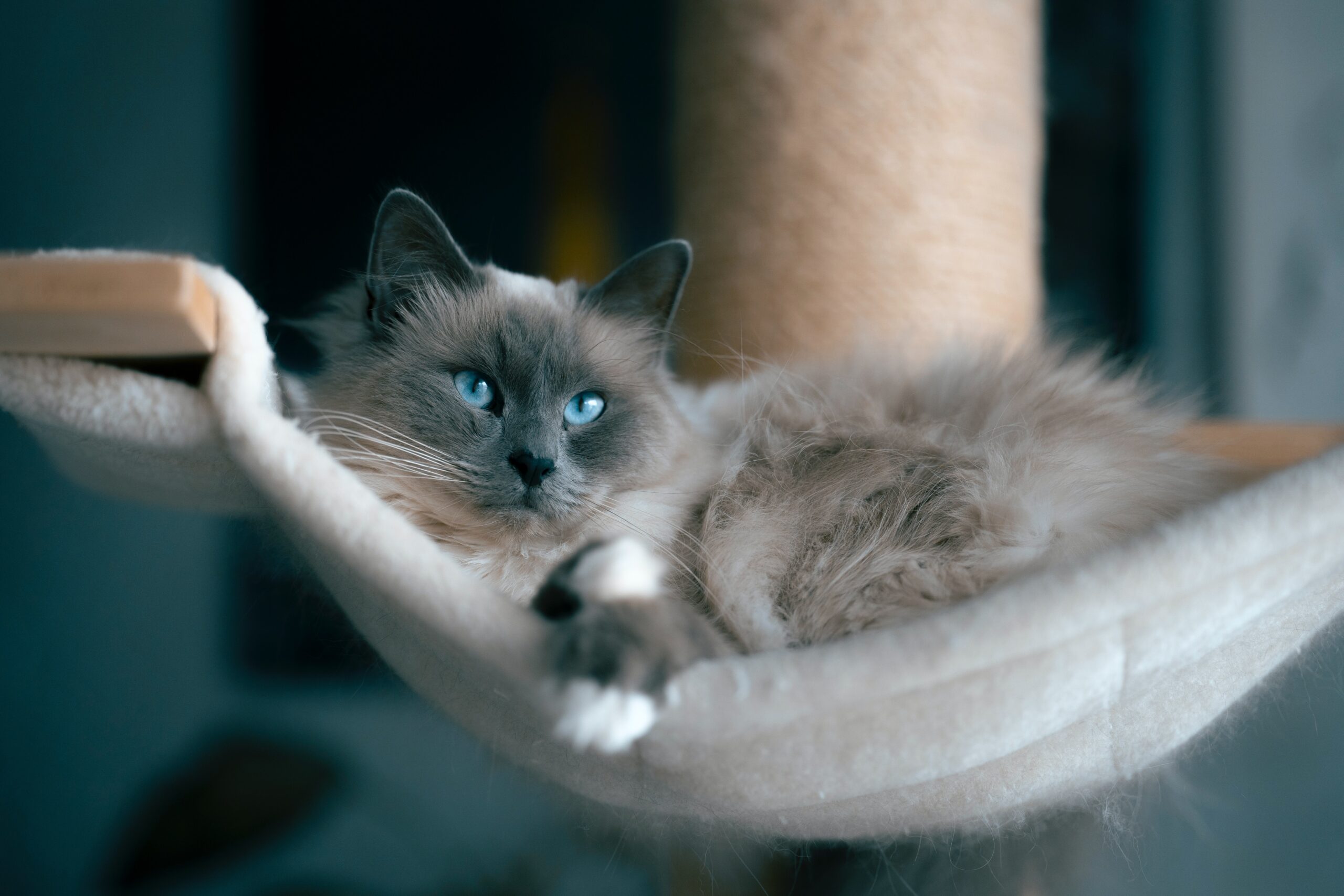
- Basic Commands: Ragdolls can be taught basic commands such as “sit,” “stay,” and “come” using treats and gentle encouragement. They respond well to positive reinforcement and praise, so reward-based training methods work best.
- Litter Box Training: Most Ragdoll kittens adapt quickly to litter box training. Provide a clean litter box in a quiet, accessible location, and they will typically use it consistently. Maintaining a clean litter box is essential to reinforce this behavior.
- Socialization: Ragdoll kittens benefit from early socialization. Introduce them to different people, experiences, and environments while they are young to help them become well-adjusted and comfortable in various situations.
- Leash Training: Ragdoll cats can be leash trained, allowing them to enjoy outdoor adventures under supervision. Use a harness designed for cats and introduce it gradually, rewarding them with treats and positive experiences during outdoor excursions.
- Interactive Play: Ragdolls enjoy interactive play sessions, such as chasing feather toys or laser pointers. These activities not only provide mental stimulation but also serve as a form of exercise to keep them healthy and engaged.
- Positive Reinforcement: Positive reinforcement, in the form of treats, praise, and affection, is the key to successful training with Ragdoll cats. Avoid harsh punishments or negative reinforcement, as it can lead to stress and anxiety in these sensitive cats.
- Consistency: Consistency in training is crucial. Establish clear rules and routines and stick to them. Ragdolls thrive in a stable environment with predictable expectations.
Health and Lifespan
Ragdoll cats are known for their striking appearance, docile temperament, and captivating blue eyes. As with any breed of cat, it’s crucial to understand their specific health considerations and potential lifespan to provide them with the best care and ensure they lead long and happy lives.
Lifespan:
The average lifespan of a Ragdoll cat ranges from 12 to 15 years, though many can live longer with proper care. Genetics, diet, living conditions, and access to regular veterinary care all play significant roles in determining how long a Ragdoll cat can live.
Common Health Concerns:
While Ragdoll cats are generally healthy, they can be prone to certain health issues, as is the case with many purebred cat breeds. It’s essential for Ragdoll cat owners to be aware of these potential health concerns:
- Hypertrophic Cardiomyopathy (HCM): This is a common heart condition in cats, including Ragdolls. It involves the thickening of the heart’s walls, which can lead to heart failure. Regular veterinary check-ups and early detection are crucial for managing HCM.
- Polycystic Kidney Disease (PKD): Ragdolls can be genetically predisposed to PKD, a condition where cysts form in the kidneys, potentially affecting kidney function. Responsible breeding practices can help reduce the risk of PKD.
- Hip Dysplasia: Although more common in dogs, hip dysplasia can also affect Ragdoll cats. It’s a developmental disorder of the hip joint that can lead to arthritis and discomfort. Selecting kittens from breeders who screen for hip dysplasia can help reduce the risk.
- Bladder Stones: Ragdolls may be prone to developing urinary tract issues, including the formation of bladder stones. A balanced diet and access to fresh water can help prevent this problem.
- Respiratory Infections: Ragdolls, like many other breeds, can be susceptible to upper respiratory infections, such as feline herpesvirus and calicivirus. These infections can cause sneezing, nasal discharge, and eye irritation. Keeping your cat’s living space clean and reducing stress can help prevent these infections.
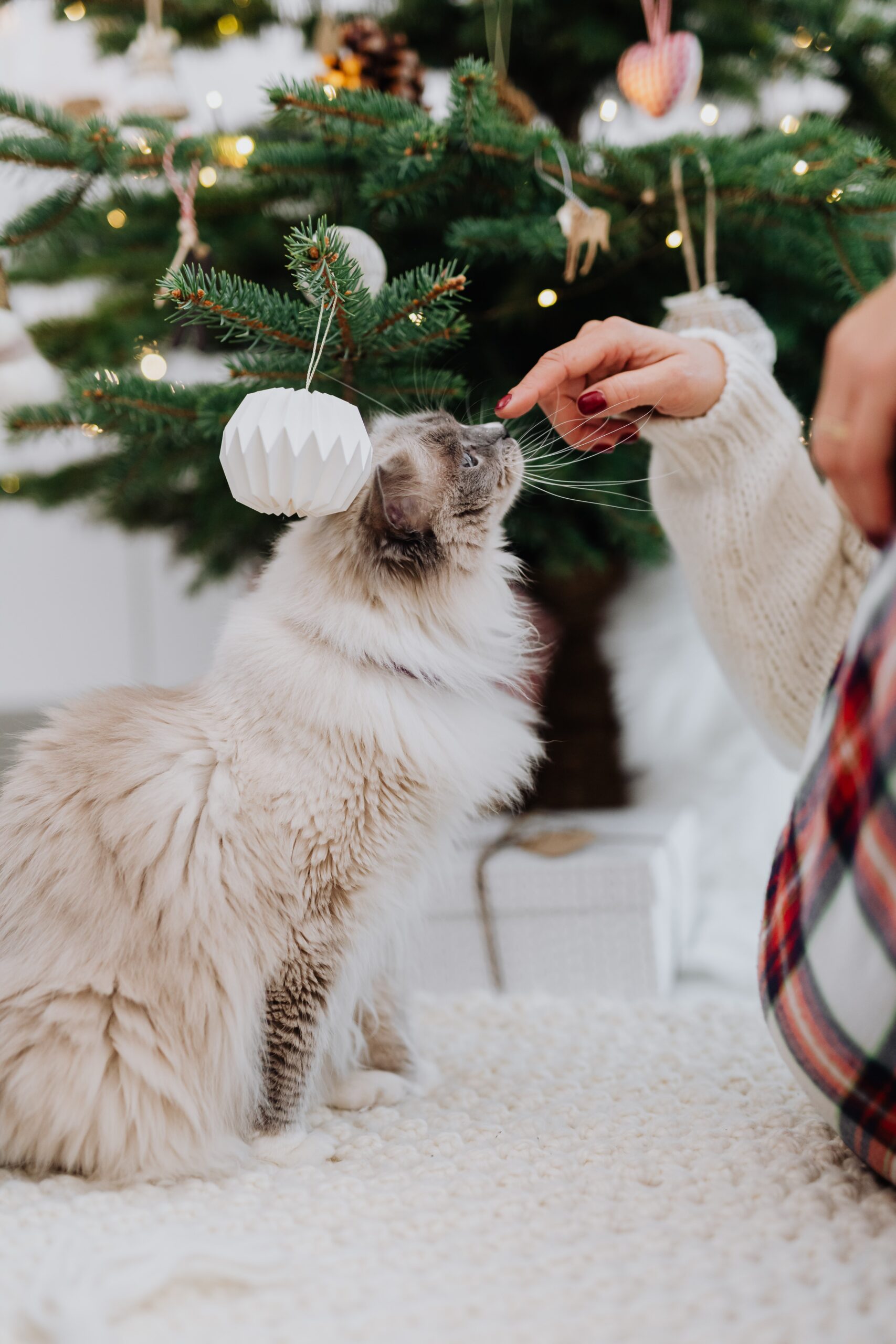
Tips for Maintaining the Health of Ragdoll Cats:
To ensure your Ragdoll cat enjoys a long and healthy life, consider the following tips:
- Regular Veterinary Care: Schedule routine check-ups with a veterinarian who is familiar with the specific needs of Ragdoll cats. Early detection of health issues is vital for effective treatment.
- Balanced Diet: Provide a balanced and nutritionally appropriate diet for your Ragdoll cat. Consult with your veterinarian to determine the best food options for your cat’s age and health status. Ensure they have access to clean, fresh water at all times.
- Exercise and Mental Stimulation: While Ragdolls are known for their laid-back nature, it’s essential to engage them in regular play and mental stimulation to prevent obesity and keep them mentally and physically healthy.
- Grooming: Ragdoll cats have semi-long hair that requires regular grooming to prevent matting and reduce shedding. Brushing your cat a few times a week can help maintain their coat and reduce hairballs.
- Dental Care: Dental health is crucial for cats. Brush your Ragdoll’s teeth regularly, and consider providing dental treats or toys to promote oral hygiene.
- Stress Reduction: Ragdolls are sensitive to stress, so provide a calm and stable living environment. Minimize exposure to loud noises, and ensure they have a comfortable and quiet space to retreat to when needed.
- Spaying or Neutering: Unless you plan to breed your Ragdoll cat responsibly, spaying or neutering is recommended to prevent unwanted pregnancies and reduce the risk of certain health issues.
Conclusion
In conclusion, Ragdoll cats are a fascinating breed with a rich history, distinct physical characteristics, and unique personalities. Their development by Ann Baker in the 1960s led to the creation of a breed known for its large size, striking blue eyes, semi-long fur, and docile nature. Ragdolls require a balanced diet to maintain their size and health, and their gentle disposition makes them trainable to some extent. While they may not be the most intelligent breed, their intelligence shines in their ability to bond with and adapt to their human companions. Keeping them healthy and happy can lead to a fulfilling and loving companionship that lasts for well over a decade.

